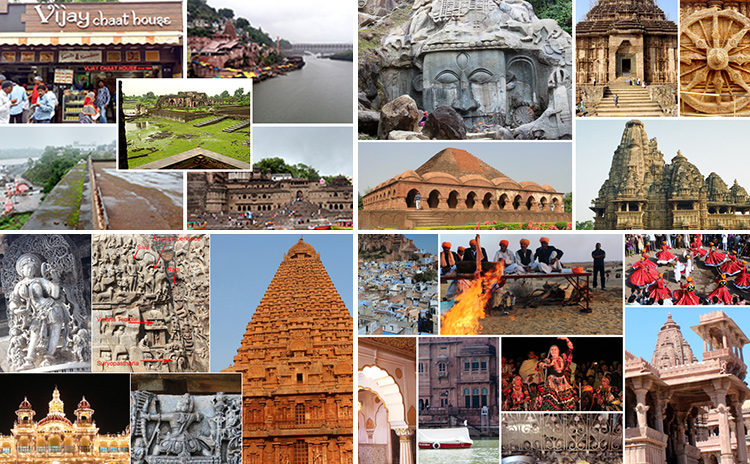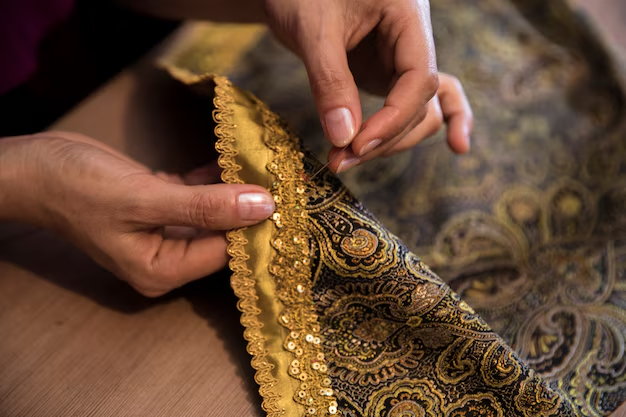
Culture is like a living, breathing organism that shapes and is shaped by the people, environments, and experiences it touches. It is not just a static collection of traditions, customs, or art forms; it is a dynamic system of meaning, a tapestry of influences woven over generations. Every individual, community, and society brings their unique threads to this fabric, and over time, the complexity of culture emerges.
Culture can be seen as a multi-layered entity, where each layer builds upon the other, giving depth and texture to the overall structure. To understand culture in its fullest sense, it’s essential to break down these layers, exploring how traditions are passed down, how cultures evolve, and how the modern world impacts the age-old customs of people around the globe.
The Layers of Culture
1. The Foundation: Beliefs and Values
At the core of any culture are the beliefs and values that define a group’s worldview. These values can be spiritual, ethical, or philosophical, guiding how people understand right from wrong, what is important in life, and what shapes their relationships with others. For example, in many Indigenous cultures, there is a deep connection to nature, where reverence for the earth and its creatures becomes foundational to their daily practices and rituals.
Values shape behavior and influence traditions, from religious observances to community festivals. For instance, in the Indian culture, the value of hospitality (known as Atithi Devo Bhava, meaning “the guest is God”) plays a significant role in shaping how guests are treated and celebrated during festivals like Diwali and weddings.
2. Rituals and Customs: The Thread of Continuity
As beliefs and values are passed down through generations, rituals and customs become the physical and symbolic expressions of a culture’s essence. These rituals—whether religious ceremonies, rites of passage, or national holidays—are performed to affirm cultural identity and maintain the continuity of traditions.
Take, for instance, the Japanese tea ceremony, which symbolizes peace, harmony, and respect. This ritual is not only about the art of making tea but also about the cultural values it carries, emphasizing mindfulness, etiquette, and the connection between individuals.
Customs, whether seasonal, familial, or societal, also keep cultures alive. The act of gathering for meals, for example, is not just about nourishment but about sharing stories, creating bonds, and reinforcing a collective identity.
3. Language: The Bridge of Communication
Language is perhaps the most direct and powerful expression of culture. It’s not only a medium for communication but a vehicle for transmitting culture’s values, stories, and beliefs. Through language, individuals learn how to express emotions, connect with others, and frame their experiences in the context of their cultural identity.
In many cultures, language is deeply tied to the preservation of tradition. For example, the Māori language in New Zealand is central to understanding the indigenous culture, and its revival in recent years has helped strengthen the cultural identity of the Māori people. Language also serves as a marker of belonging, with dialects and phrases often reflecting unique histories, geographies, and social dynamics.
4. Art, Music, and Literature: The Creative Expressions
Cultural expression through art, music, and literature serves as a mirror to a society’s values, struggles, and aspirations. The creations that emerge from these forms reflect the emotions and thoughts of a people while often serving as a source of pride and collective identity.
For example, the traditional art of weaving in Navajo culture is not only an artistic endeavor but also a way of preserving stories and history. Likewise, the music of cultures around the world—from the blues of African-American communities to the folk songs of the Irish—expresses a history of struggle, resilience, and joy.
In the realm of literature, works like Homer’s Iliad and Odyssey have shaped Western culture’s understanding of heroism, fate, and honor. These texts were passed down through generations, and their stories continue to be relevant in shaping cultural norms.
5. Adaptation: Cultural Evolution in a Globalized World
The layers of culture are not stagnant—they are ever-evolving. In the age of globalization, cultural boundaries have blurred, and influences from various parts of the world mix to create new cultural expressions. While this blending can sometimes cause the erosion of traditional practices, it also offers opportunities for growth, creativity, and greater understanding between peoples.
For instance, modern art, fashion, and music often reflect a fusion of influences from various global cultures. The rise of K-pop, for example, represents the fusion of Korean pop music with Western and other international genres, creating a global cultural phenomenon.
FAQs
- What is the definition of culture? Culture refers to the collective beliefs, customs, practices, language, art, and traditions of a particular group or society. It shapes how individuals interact with each other and the world around them.
- How is culture passed down? Culture is passed down through generations via traditions, language, rituals, and shared experiences. Parents, communities, and institutions play crucial roles in preserving and transmitting cultural elements.
- Can cultures change over time? Yes, cultures are dynamic and evolve due to factors like globalization, migration, technological advancements, and shifts in societal values. New cultural expressions emerge, while old ones may adapt or fade.
- Why is culture important? Culture is vital because it gives people a sense of identity, belonging, and continuity. It shapes how we understand the world, relate to others, and express our values and creativity.
- What role does language play in culture? Language is the primary tool for communication, but it also carries the weight of cultural values, stories, and identities. Through language, individuals can pass on the core aspects of their culture.
- Are cultural traditions always rooted in religion? Not necessarily. While many cultural traditions are rooted in religion, others are influenced by geography, history, social practices, and family customs.
- Can cultures coexist peacefully in a multicultural society? Yes, cultures can coexist and even thrive in multicultural societies when mutual respect, understanding, and open-mindedness are emphasized. Integration and cross-cultural exchange lead to enriched and diverse communities.
Conclusion
The concept of culture is rich and multifaceted, akin to a tapestry woven from countless threads of beliefs, values, customs, language, and artistic expression. Each layer contributes to the vibrancy and complexity of a society, and together they create a shared identity. However, culture is not static—it evolves and adapts, constantly influenced by new experiences, ideas, and interactions. Understanding this dynamic, multifaceted nature of culture helps us appreciate its deep significance in shaping our lives and the world around us.
Key Takeaways
- Culture is multi-layered, encompassing beliefs, values, rituals, language, and art.
- Traditions and customs are the living expressions of culture, passed down through generations.
- Language is both a tool of communication and a key component of cultural identity.
- Globalization has led to cultural evolution, blending traditional practices with new influences.
- Embracing cultural diversity enhances understanding and unity in a globalized world.



